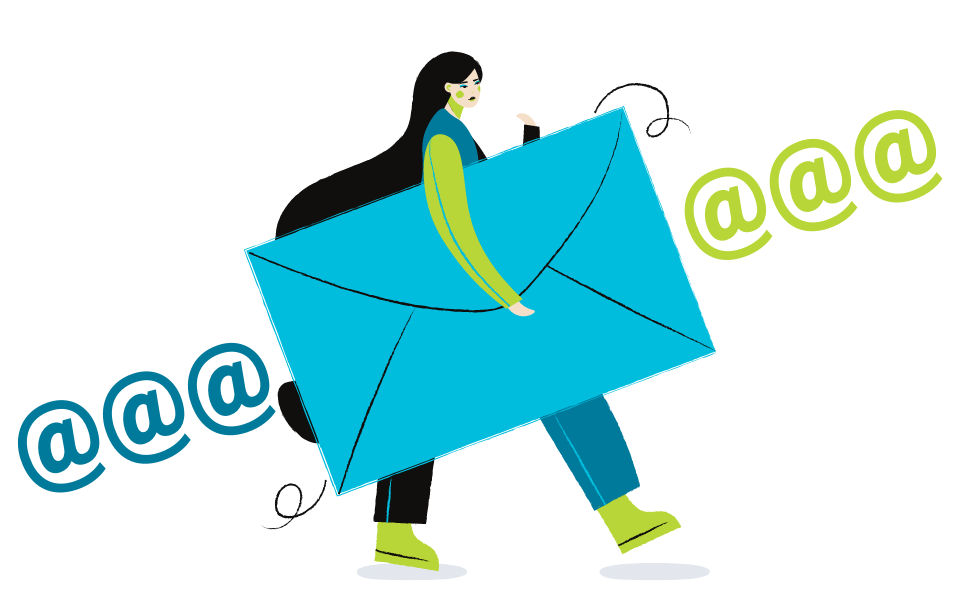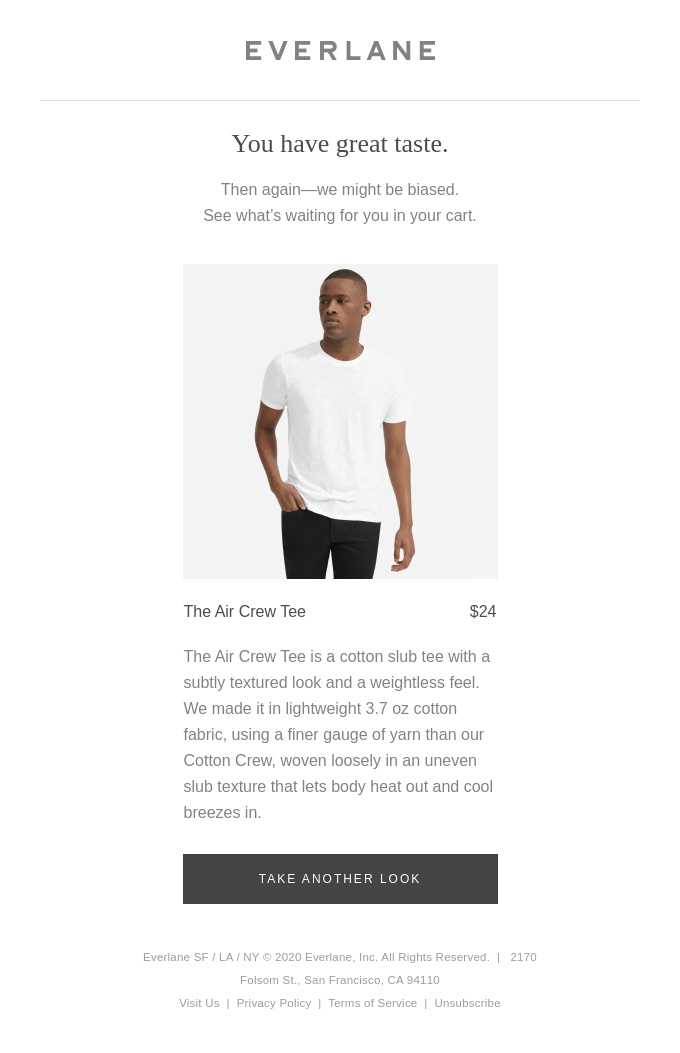Behavior Based Emails: Giving Your Subscribers What They Want, When They Want It

The main goal of every email program — and even every individual email — is to provide value to your subscribers: to give them something useful in their inbox that they can truly enjoy seeing. This is especially our focus at Nebo, where our core value is being human-centered above all else. The creed of email marketing is to send the right message to the right person at the right time, and what better way to do that than an automated email?
Automated emails may seem counterintuitive to being human-centered, especially if you don’t spend your days around email jargon. After all, “automation” in the real world implies removing the human element out of something entirely. But another name for automated emails is behavior-based emails — AKA an email that is triggered specifically based on an action one specific subscriber has taken. If John Doe signs up for your email program, John Doe will receive a welcome series. If Jane Smith abandons her shopping cart on your website, Jane Smith, and ONLY Jane Smith, will get an abandoned cart email. Only the person taking the action is getting a message following that action: right person, right message, right time. If that isn’t human, I don’t know what is.
The data speaks for itself
When done right, automated emails are high-revenue and high-conversion. They have 119% higher click rates than broadcast emails, companies that excel at drip marketing generate 80% more sales at a 33% lower cost, the average Welcome series generates up to 320% more revenue per email than other promotional emails, and the average Cart Abandonment generates a 41.2% open rate and 9.5% click rate. All of this just goes to show that subscribers really value and appreciate this type of content. The content of an automated email isn’t necessarily all that different from your run of the mill single-send, but it’s the timing and intent behind it that produces these kinds of results.
Low(er) effort, high reward
We already talked numbers — now let’s talk labor. Building an automated email or email series requires a lot of the same upfront production efforts that go into a single-send email. Think planning, strategy, design, copy, creation and review. The difference is, the upfront effort invested into producing the automated emails goes further, because unlike a single-send email, the emails can continue to be triggered over and over, making automation an overall lower level-of-effort with a greater return on that effort.
But do keep in mind that even once an automation is activated, it still needs a human touch. You’ll need to keep monitoring and optimizing your automations as you learn more about how they’re performing. You’ll be getting a constant stream of data as the automations run, which can give you real-time insight into how your customers are receiving them, so you can tweak and update them to give subscribers what they want. But improving upon an email is a much lower level of effort than creating a new one from scratch, which can free up your team to work on other things, like high level strategy improvements or passion projects.
Give me an example
We’ve gone over what automation can do for you and your team, but what kind of automations are we talking about here? One size doesn’t always fit all — if your company is B2B you may not need an abandoned cart series, for example — but there’s an automation out there for everyone.
For starters, let’s hit the most popular email automation: the welcome series. This type of campaign is triggered by a subscriber signing up for your emails via your website, and usually contains some information for your subscriber to get to know you. It’s the best place to introduce your company, your values, and set any expectations about what a subscriber can expect from you. You could even throw in a link to a preference center where subscribers can choose what kind of content they want to see from you in the future, for an even more personalized experience down the line.

Source: https://reallygoodemails.com/emails/welcome-to-casper
You can also use automations to nurture your relationship with your subscribers. Do you know when your subscriber first joined your email program? Send them an anniversary email. Do you have access to their birthday or month? Send them a nice message to help them celebrate. These emails may seem small, but can go a long way in nurturing your relationship in a low effort, high reward way.

Source: https://reallygoodemails.com/emails/whats-better-than-birthday-cake
Automated emails don’t just trigger based on actions someone did, but also actions someone didn’t do, like complete their checkout. Abandoned cart and abandoned browse emails are huge revenue drivers across the board, especially if you sneak in some special incentive. Most people abandon their cart when they get to the checkout portion of their shopping spree because of some fees they didn’t expect, like a high shipping cost or extra taxes they didn’t see coming. Sending an abandoned cart email with an incentive (think: 10% off or free shipping) shows your customers you care about and are mindful of their experience. It’s not about upselling or being salesy, but about alleviating customers’ stressors. And if that just so happens to create a spike in revenue, then that’s just icing on the cake, right?

Source: https://reallygoodemails.com/emails/eyeing-something
Long story short: email automation doesn’t have to be human-less. In fact, incorporating automations into your email program is the most human-centered thing you can do. These behavior-based emails help you connect more authentically to your subscribers by creating a more personalized and timely experience for them. You’re providing them what they want, when they want it, because their actions are what trigger the emails. And isn’t that what it’s all about?

Comments
Add A Comment